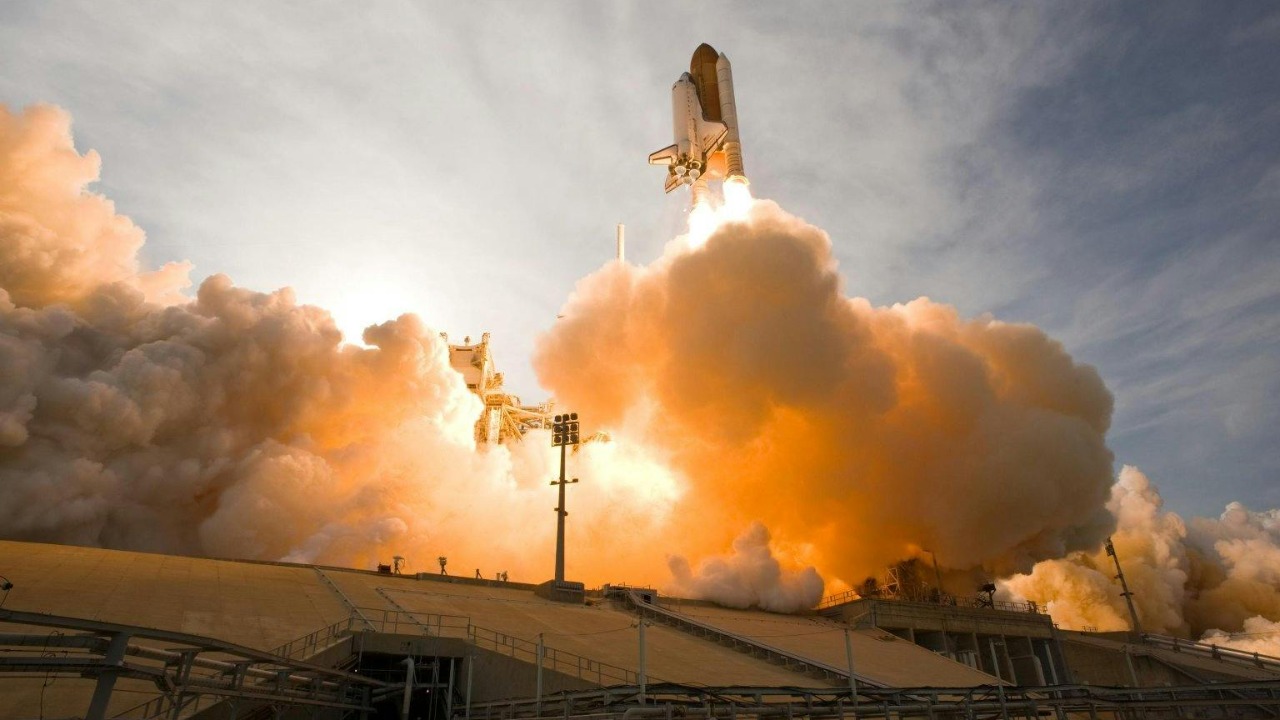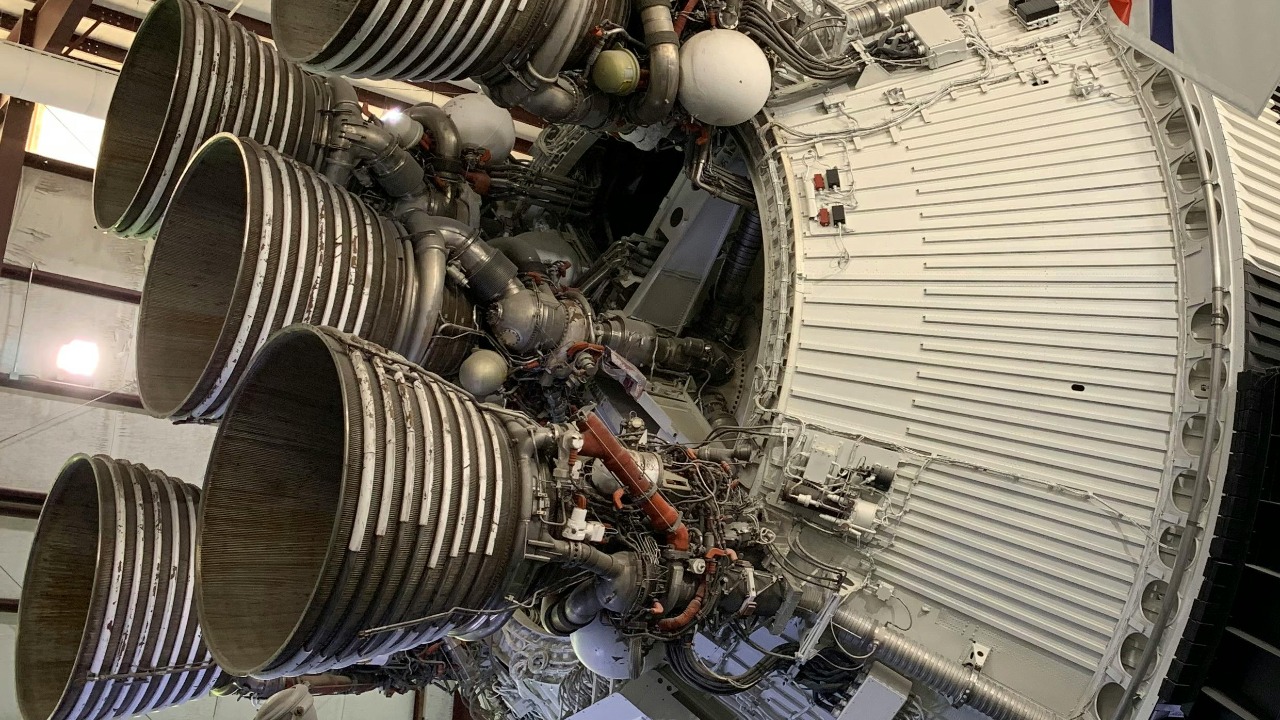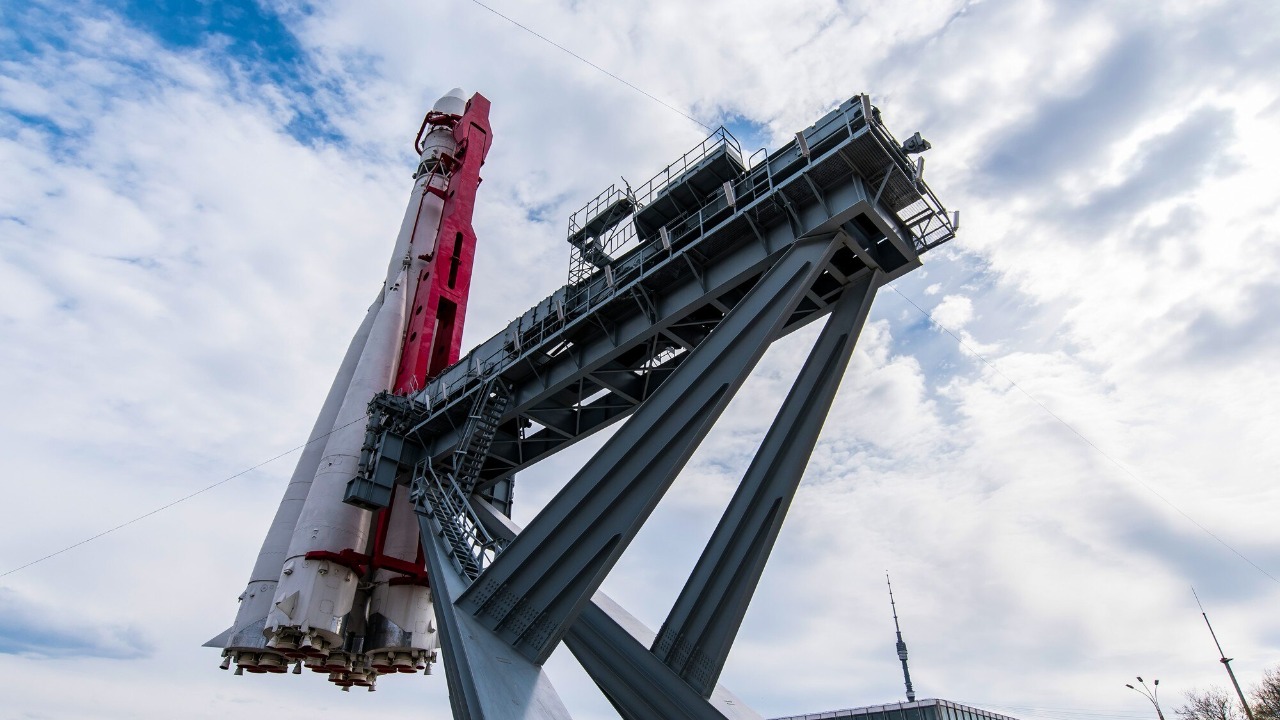
A groundbreaking approach to space travel is taking shape with the development of a magnetic levitation (maglev) ramp that can launch rockets without the need for traditional fuel. This innovative technology, spearheaded by a US firm, promises to revolutionize how we reach space, offering a more sustainable and cost-effective solution for future missions.
The Concept of Maglev Propulsion

Magnetic levitation, or maglev, technology operates on the principles of electromagnetic suspension and propulsion. Essentially, maglev systems use powerful magnets to lift and propel objects, thereby eliminating the need for wheels or traditional propulsion methods. This technology has already been applied to high-speed trains, where it significantly reduces friction and allows for smoother and faster travel. By applying these principles to rocket launches, maglev systems can replace conventional rocket fuel with a more energy-efficient method of propulsion.
The advantages of using maglev technology over traditional rocket launches are numerous. First and foremost, it reduces dependency on fuel, which can drastically cut costs and minimize environmental impact. Traditional rocket launches are known for their substantial carbon emissions, contributing to environmental concerns. By eliminating the need for large amounts of rocket fuel, maglev technology offers a cleaner alternative. Additionally, the potential cost savings from reduced fuel consumption and increased efficiency could make space travel more accessible to smaller companies and nations.
Maglev technology has a rich historical background, having been developed and refined over decades. Initially applied in transportation, it has seen varied applications in different industries. The evolution of maglev technology is now setting the stage for its use in space exploration, marking a significant milestone in its development.
Auriga Space’s Ambitious Project

Auriga Space is a pioneering company at the forefront of developing the maglev ramp for rocket launches. The company’s mission centers around creating more sustainable and cost-effective solutions for space travel. By leveraging maglev technology, Auriga Space aims to transform the way we approach space exploration, making it more accessible and environmentally friendly.
The technical design of Auriga Space’s maglev ramp is both innovative and challenging. The ramp is designed to be several kilometers long, constructed using advanced materials capable of withstanding the extreme forces involved in launching rockets. Engineering challenges include ensuring the system’s reliability and efficiency under various conditions. The ramp’s construction involves intricate electromagnetic systems that must work in perfect harmony to achieve successful launches.
Collaborations and partnerships are a crucial aspect of Auriga Space’s project. The company is working with various stakeholders, including research institutions and industry leaders, to bring this ambitious project to fruition. By pooling resources and expertise, Auriga Space is positioned to overcome the technical and logistical challenges associated with developing a maglev launch system.
Potential Impact on the Space Industry

The implementation of maglev technology in space launches could significantly reduce costs and increase accessibility. By lowering the financial barriers to space, smaller companies and nations could enter the space industry, fostering innovation and competition. This democratization of space access could lead to a new era of exploration and technological advancement.
Environmental benefits are another key aspect of maglev technology. Traditional rocket launches contribute to carbon emissions and environmental degradation. By reducing or eliminating the need for rocket fuel, maglev technology offers a more sustainable alternative, potentially decreasing the environmental footprint of space launches.
The influence of maglev-launched rockets on future space missions could be profound. With reduced costs and environmental impact, planning and executing both commercial and scientific missions could become more feasible. This could lead to an increase in the frequency and diversity of missions, expanding our understanding of space and driving technological progress.
Challenges and Criticisms

Despite its potential, the application of maglev technology to rocket launches faces several technical and engineering challenges. One of the primary hurdles is the energy requirement needed to propel rockets into space. The system’s reliability and safety are also critical concerns that must be addressed before full-scale implementation can occur.
Economic and regulatory concerns also pose challenges to the deployment of maglev ramps. The initial investment required for constructing such infrastructure is significant. Furthermore, regulatory frameworks governing space launches may need to adapt to accommodate this new technology, which could present additional obstacles.
Skepticism from the scientific community is another factor to consider. Some experts question the feasibility and practicality of using maglev technology for rocket launches, citing potential limitations and uncertainties. Addressing these criticisms is essential for gaining broader acceptance and support for this innovative approach.
Future Prospects and Innovations

Ongoing research and development efforts are crucial for advancing maglev technology in space applications. Auriga Space and its partners are actively working on refining the technology, with test launches planned in the coming years. These efforts aim to validate the system’s viability and pave the way for future implementation.
The potential expansion of maglev technology to other applications is an exciting prospect. Beyond rocket launches, maglev systems could be adapted for space tourism or cargo transport, opening up new possibilities for the space industry. The versatility of maglev technology makes it a promising candidate for various future innovations.
Envisioning a maglev-driven future, the long-term implications of widespread maglev adoption in space travel are profound. As the technology matures and gains acceptance, it could revolutionize our approach to space exploration and transportation, leading to a more sustainable and accessible future for humanity.